Locations
5233 to 5256 of 5396 results
-
Voor de Bijl
Voor de Bijl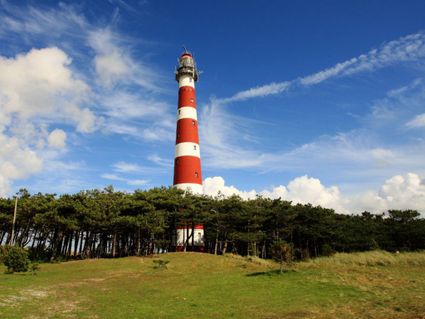 Hollum
Hollum
from your location
-
Welgelegen - Retro caravan
Welgelegen - Retro caravan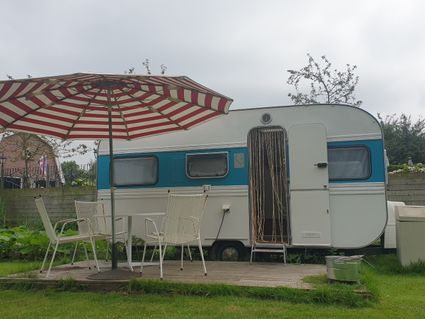 Workum
Workum
Direct boekbaar
from your location
-
de Tijnjehoeve - Safaritent L - de Tijnjehoeve
de Tijnjehoeve - Safaritent L - de Tijnjehoeve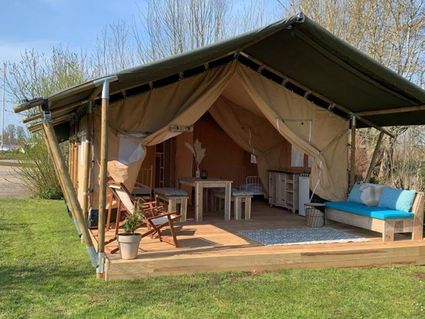 Boornzwaag
Boornzwaag
Direct boekbaar
from your location
-
Elfstedensloep Verhuur Workum
Elfstedensloep Verhuur Workum Workum
Workum
from your location
-
Information point Woudsend (de Rakken)
Information point Woudsend (de Rakken)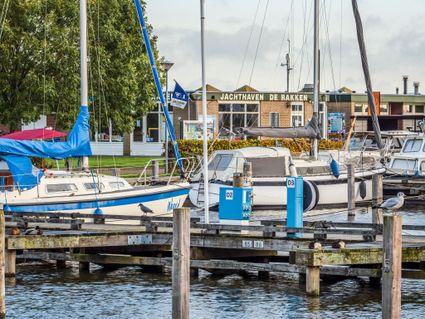 Woudsend
Woudsend
from your location
-
B&B de Gaestluyden
B&B de Gaestluyden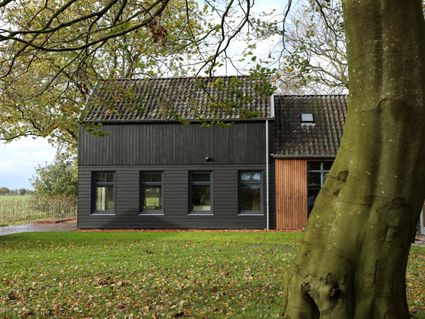 Harich
Harich
Direct boekbaar
from your location
-
Zijda Yachting - Senna Elite
Zijda Yachting - Senna Elite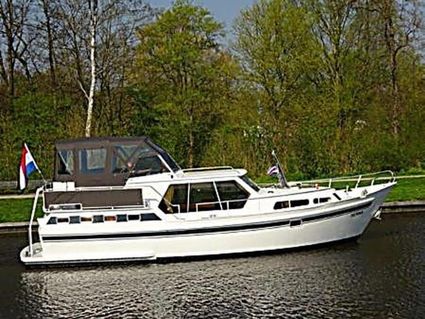 Jirnsum
Jirnsum
Direct boekbaar
from your location
-
Vegelinbossen Forests
Vegelinbossen Forests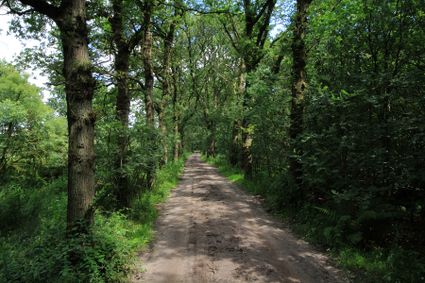 Sint Nicolaasga
Sint Nicolaasga
from your location
-
Vogelkijkhut de Rottige Meente
-


Accept cookies to see this content.
Vogelkijkhut de Rottige Meente
 Nijetrijne
Nijetrijne
from your location
-
-
Beach Resorts Makkum - Beachvilla Royaal
Beach Resorts Makkum - Beachvilla Royaal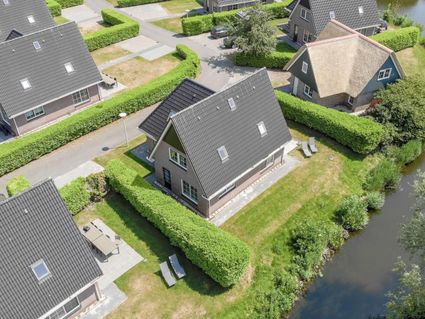 Makkum
Makkum
Direct boekbaar
from your location
-
Zwembad De Rolpeal
Zwembad De Rolpeal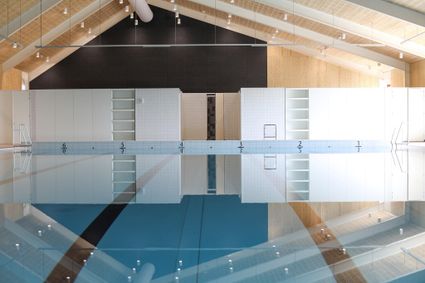 Workum
Workum
from your location
-
The battle for the Tjonger bridge in Mildam
The battle for the Tjonger bridge in Mildam
In the afternoon of 12 April, rumours had reached Mildam that Englishmen or perhaps Canadians had been sighted at Peperga. The Canadian vanguards had entered Friesland. For the inhabitants of Mildam it was still a surprise when at first one and shortly afterwards another military vehicle with a few men in khaki-coloured overalls stopped at the bridge.
These vehicles were part of a patrol of "D" Squadron Royal Canadian Dragoons commanded by Lieutenant Homer Thomas. These Canadians established that unlike other bridges, the bridge in Mildam over the Tjonger had not yet been blown up by the occupying forces. The fact that the Tjonger bridge in Mildam had not been destroyed was due to the local resistance movement. The Germans had indeed planned to blow up this bridge as well. But at the risk of their own lives, resistance fighters had removed the detonators from the explosives affixed to the bridge.
The Squadron Commander immediately ordered all units to secure the bridge. And the Dutch Domestic Armed Forces were also requested to provide men. The precautions turned out to be justified. In the night of 12 to 13 April, German troops launched one of their few counter-attacks in the province of Friesland. From Heerenveen, they managed to surprise the Canadians in Mildam. They tried to regain control of the bridge three times. During the fierce fighting, Canadian vehicles were knocked out. But the Dragoons stood firm, and the Germans were driven off again. Mildam was freed.Four Canadian soldiers were injured in the fighting. The number of casualties on the German side is unknown. There was property damage in Mildam, but no civilians were killed. With a little less luck, though, there would have been several Dutch casualties. In the early morning of 13 April, a group of dozens of resistance fighters approached the bridge at dusk from the direction of Nieuweschoot. This was the reinforcement requested by the Canadians on 12 April when the undamaged bridge was discovered. The resistance fighters were partly carrying captured German weapons and were not noticed by the Dragoons in the semi-darkness until late.
Lieutenant Thomas, mentioned earlier, almost gave the order to open fire. It was only at the last moment that it became clear that they were not Germans. The resistance members had managed to make themselves known by singing songs in English.
The preservation of the bridge was important. During the following days, the Canadians would make extensive use of the bridge to advance further in the direction of Leeuwarden and liberate the province of Friesland.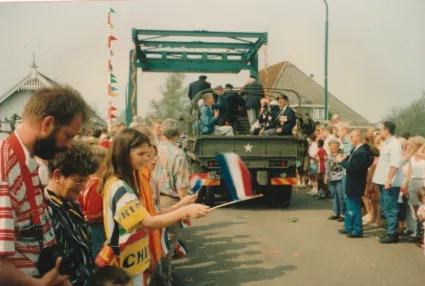 Mildam
Mildam
from your location
-
-
B&B en Theeschenkerij 't Landschap
B&B en Theeschenkerij 't Landschap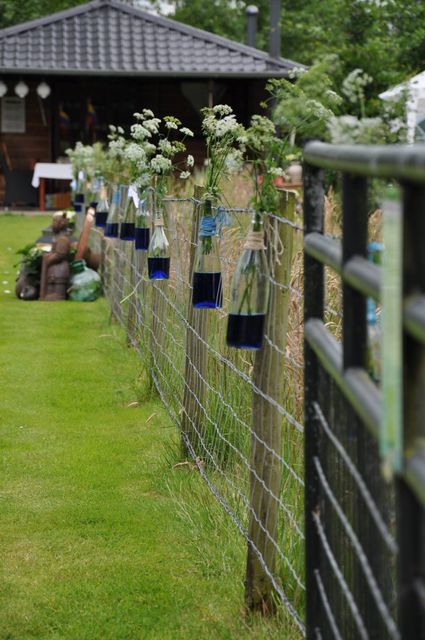 Boelenslaan
Boelenslaan
from your location
-
Nationaal Openbaar Vervoer Museum
Nationaal Openbaar Vervoer Museum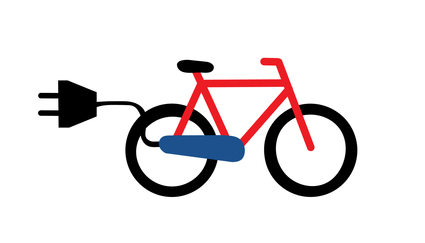 Ouwsterhaule
Ouwsterhaule
from your location
-
Monument Richard Jung
Monument Richard Jung
Richard Jung werd geboren op 27 februari 1911 te Reichenberg in Tjechië. Hij was rangeerder bij de Tsjechische Spoorwegen. In 1942 kreeg hij een oproep om dienst te nemen in het Duitse leger, hetgeen Jung als felle tegenstander van het nationaal-socialisme weigerde. Hij pleegde sabotage en werd gearresteerd.
Jung zat opgesloten in diverse concentratiekampen en gevangenissen, waaruit hij ontslagen werd of wist te ontsnappen, onder andere te Wenizza, Dnjepropetrowsk, Dubno, Ratipol en Brual-Rhede Lager III. Hij vluchtte en kwam bij Nieuweschans Nederland binnen. Na veel omzwervingen dook hij onder in het Schar, bij de familie Johannes Kuiper. Hier verbleef hij negen weken en ontmoette hij Broer Akkerman uit Sintjohannesga.
Met Akkerman is hij weggegaan toen zijn gastheer in Drenthe werd gearresteerd. Op 8 april 1945 werd de groep Haskerland van de Nederlandse Binnenlandse Strijdkrachten gemobiliseerd. Jung ontpopte zich als een moedig verzetsman, die steeds vrijwillig het zwaarste en gevaarlijkste werk wilde doen.
Op zondag 15 april 1945 bood hij zich aan voor een verkenningstocht ten dienste van het Canadese leger, dat in de richting van de brug in Scharsterbrug oprukte. Jung ging op de fiets vooruit, maar toen dat te gevaarlijk werd, besloot hij te voet verder te gaan. Zo nu en dan zocht hij dekking in de zogenaamde eenmansgaten in de berm van de weg. In een gat dat voor de helft was dichtgegooid, heeft Jung geen dekking genoeg kunnen vinden, met als gevolg dat hij door de bezetter werd doodgeschoten.
Akkerman heeft onder vijandelijk vuur met de hulp van twee Canadese soldaten het stoffelijk overschot van Jung weggehaald. Op 18 april 1945 werd hij begraven op de N.H. begraafplaats te Sintjohannesga. Jung is herbegraven op Nationaal Ereveld Loenen. In Rotsterhaule is een weg naar Richard Jung vernoemd.
Onthulling
Het monument is onthuld op 15 april 1946. Het gedenkteken is een geschenk van de bevolking van Sintjohannesga en omstreken.
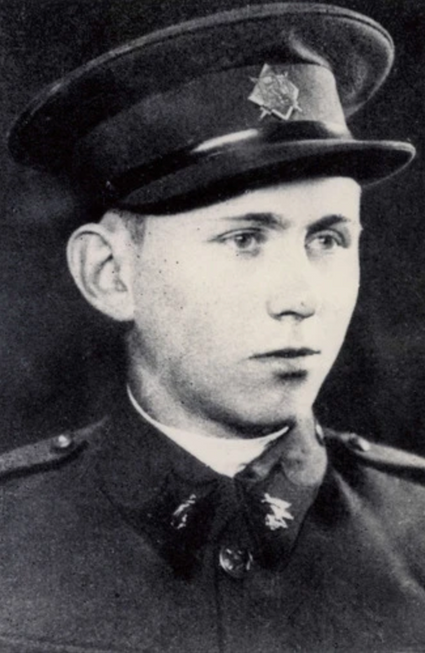 Sint Johannesga
Sint Johannesga
from your location
-
-
Rinia Fietsen en fietsverhuur
Rinia Fietsen en fietsverhuur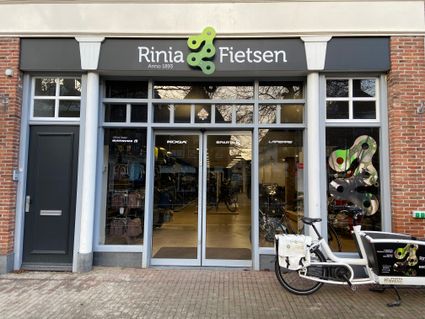 Harlingen
Harlingen
from your location
-
Veerpont De Swaegen (Starteiland)
Veerpont De Swaegen (Starteiland)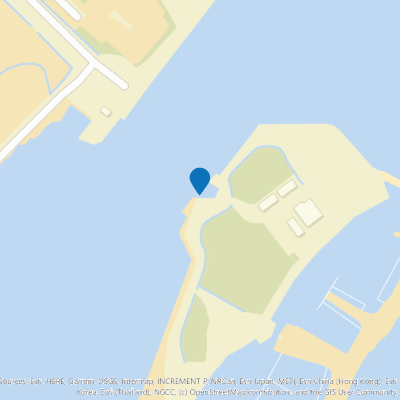 Sneek
Sneek
from your location
-
Gedicht: Der gie in snijen | Eeltsje Hettinga
-


Accept cookies to see this content.
Gedicht: Der gie in snijen | Eeltsje Hettinga
DER GIE IN SNIJEN
Often to understand, we have to look into emptiness
– Michelangelo Antonioni
Winter line skean tsjin de apelhôven,
liet de mûle in lang swijen,
begjin april, spoaren fan lytse
hoefdieren yn de snie en oer
de mûnier, dêr’t in rûge froast
syn flierren sloech, de rop fan in ûle.
Earne út nacht syn ûnderwâlen wei
kaam in frou, in pear redens
om ’e hals, de ring fan
it lantearneljocht yn en ferdwûn,
in skaad foar har, in skaad achter har,
de iisbaan oer, it tsjuster yn.
Inkeld útsinnige kiel wie ik doe’t
by in hast dierlik oerémisk roppen
ik út myn dreamen wekker skeat
en mysels weromfûn yn de dize
oer de Po-flakten fan Antonioni, dêr’t
in kamera oer de sompen glied.
Ik seach iisblommen op de ruten,
begjin april, sette de ôftiteling
stil by de namme fan Anna.
Winter line skean tsjin de apelhôven,
liet de mûle in lang swijen.
Der gie in snijen, sûnder ophâlden. Leeuwarden
Leeuwarden
from your location
-
-
It Âld Hússtee
It Âld Hússtee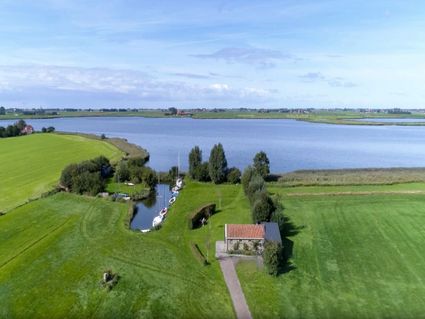 Sandfirden
Sandfirden
Direct boekbaar
from your location
-
De Knolle en de Geitenmeijerij
De Knolle en de Geitenmeijerij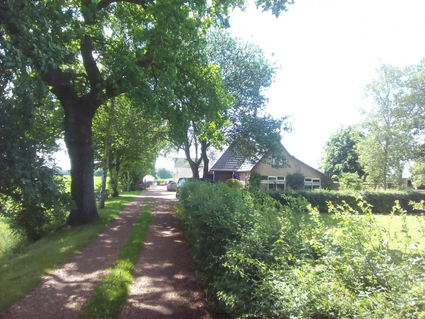 Fochteloo
Fochteloo
from your location
-
Leefstijlschuur - Ierde
Leefstijlschuur - Ierde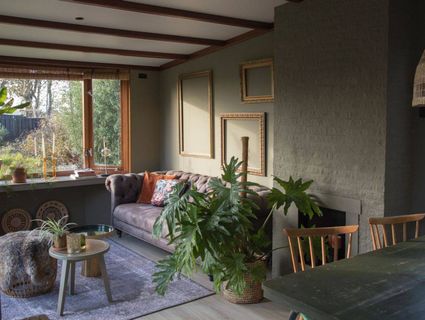 Rottum
Rottum
Direct boekbaar
from your location
-
Tourist Information Lemmer
Tourist Information Lemmer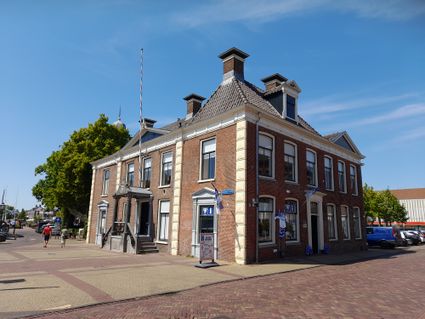 Lemmer
Lemmer
from your location
-
De Kaai corn mill
De Kaai corn mill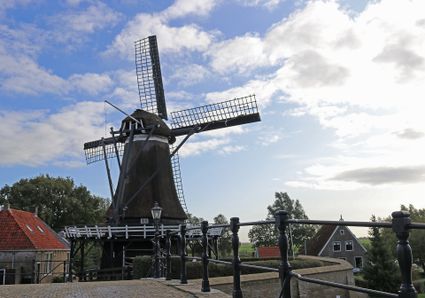 Sloten FR
Sloten FR
from your location
-
PUUR. Ice-cream & Chocolate
PUUR. Ice-cream & Chocolate Leeuwarden
Leeuwarden
from your location

